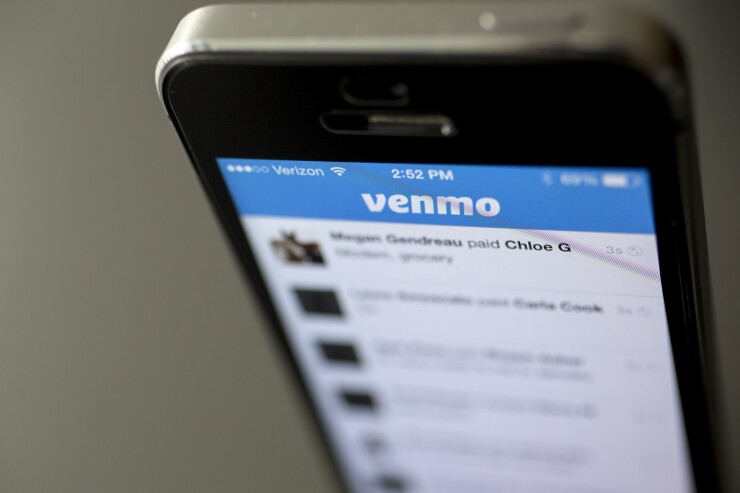Successful technology disruption will require merchants to create new account-to-account checkout experiences using financial institution-branded "push" payment instruments to flip the transaction flow from "pull” to “push."
When financial institutions and merchants smartly enable push transactions there are several benefits: Institutions benefit by regaining brand presence at the point of sale, reclaiming revenue from other financial services providers, and by generating new income streams from new services; consumers benefit from additional security because push payments do not reveal their credentials and are guaranteed that they will not spend money that they do not have; and merchants benefit from lower payment acceptance costs, lower cash transfer costs, faster cash settlement, reduced chargebacks and refunds.
The new U.S. payments rails enable B-to-C and B-to-B “push” payments through existing P-to-P platforms. When financial institutions and merchants use them as account-to-account platforms, successful disruption can occur.

The U.S. lags behind Asia/Pacific A-to-A schemes thanks to an oversaturation of credit cards (in 2014, 57% of Americans used a credit card vs. only 11% of East Asians). The most popular P-to-P schemes such as Venmo are still linked to an underlying payment card, meant to benefit “pull” payment incumbents: the top 20 issuers and card schemes.
Outside of the top Issuers, financial institutions collect little net revenue from interchange raising cost-to-income ratios (expense as a “%” of income). Even though global peers collect less interchange, U.S. financial institutions have higher cost-to-income ratios (28% vs. 59%). It is getting tougher to compete globally.
In addition, cards have cut financial institution brands out of the checkout experience. Customers don’t pay with their branded card, they pay with their Visa/Mastercard card. Fragmentation of digital wallets has further obfuscated financial institution brand recognition. On top of that, millennials aren’t getting credit cards; so account acquisition becomes limited.
This is where Zelle and real-time payments come in. Both “push” transactions from the sender’s financial account to the receiver’s. Both services provide real-time money transfers with zero interchange, no consumer credit risk, no customer information in transit, and no chargeback risk. Plus, both are faster than Same Day ACH.





